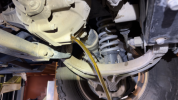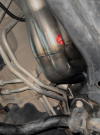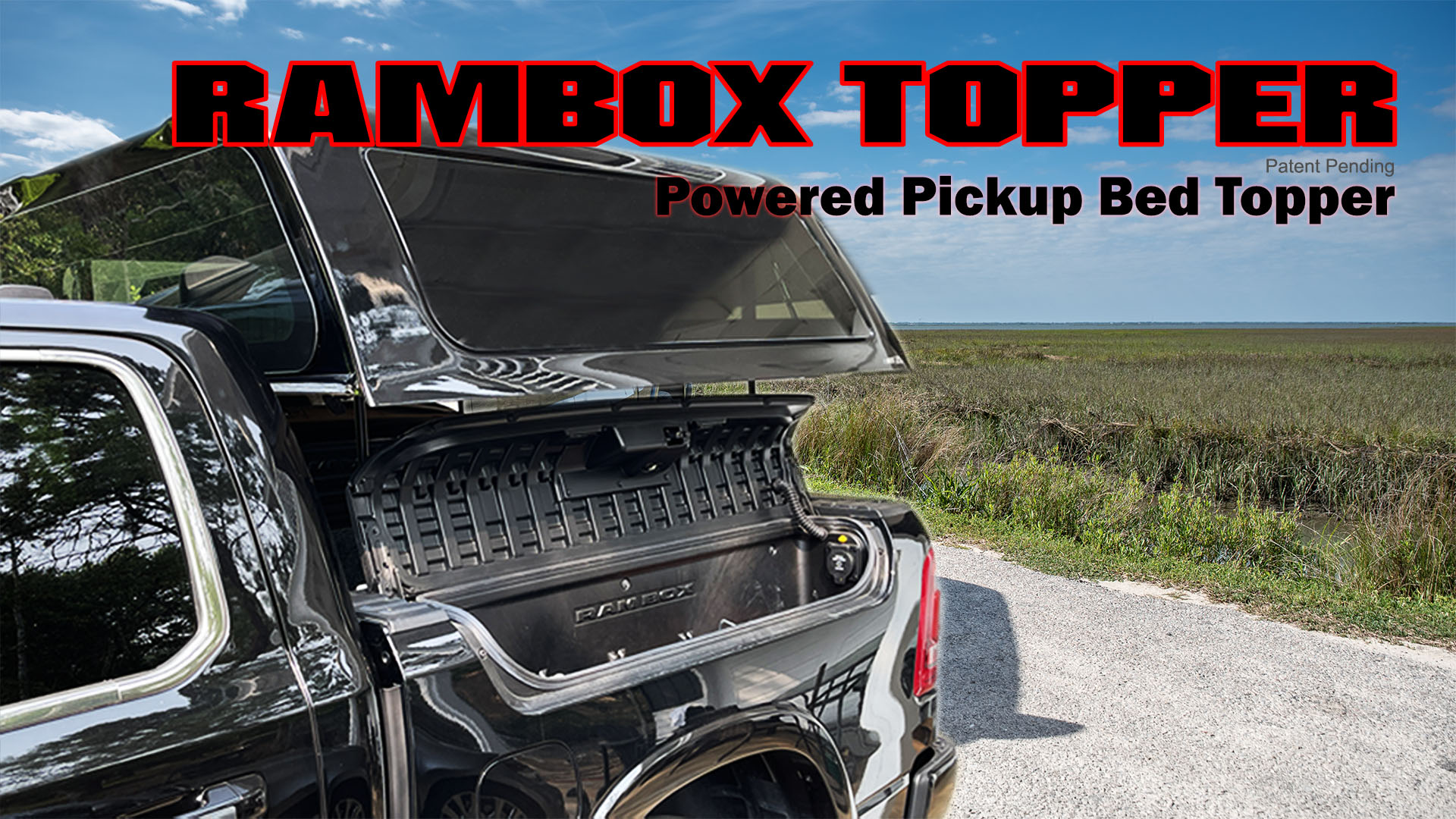been using starlink for a while on the truck. I had the Gen 2 when I did the Alaska trip last year.
View attachment 208719
Connectivity:
Even in the north well above Arctic Circle, the Gen 2 has been great with performance as long as the receiver has clear view of the sky. Reason I have to emphasize on above Arctic Circle is because in northern hemisphere, Starlink receivers need to point to the north to receive satellites, and the more north you go, the less suitable satellites out there.
That said, clear view of sky is extremely important when you are far north, but satellite count shouldn't be an issue when you're at lower 48.
The Gen 2 is an actuated unit, so is Gen 3 Standard and high performance (I suspect). That means the dish/ receiver will turn to get best connectivity, even if you're in the woods where you have partial obstruction. On the other hand, the Mini is not actuated, so placement/ clear view of sky will be more important. Some obstruction is okay, but too much obstruction will cause connectivity issues.
I have been powering my Gen 2 using my EcoFlow Delta 2, and to reduce power consumption, I have set it to be flat instead of automatic satellite tracking. This hasn't been an issue for me, even in the woods where I have partial obstruction. Which is what lead me to think the Mini's flat mounting wouldn't be an issue.
Power Consumption:
One reason I switched from Gen 2 to mini is power consumption. Gen 2 only has AC power input, whereas the Mini accepts 12V DC input. But regardless of AC or DC input, Starlink itself operates on DC power. Further, the conversion from AC to DC is at about 30% loss rate due to inefficiency, and that just reduce my available run time.
Sure, there are conversion kits to both flat mount Gen 2 Actuated units and convert them to 12V DC input, but lets be honest... that would end up costing me more than buying a mini on Black Friday sale ($229+tax, free shipping @ Home Depot. Add $2 for same day delivery) and buying the Trio mount combined.
That is like getting a 4"+ lift kit to fit 35s or 37s... all the extra work and money spent for no better performance.
To power my Starlink Gen 2 (or Gen 3 Standard/ High Performance), an AC outlet is needed. This means a dedicated power station (costs $$, but Ecoflow Delta 2 is on sale for $349 right now, basically half off) or a separate battery plus inverter (inverter is such old school tech. I said what I said, and I will die on that hill). Using AC power, Starlink Gen 2 pulls around 60W of power peak and around 50W of power during normal usage.
On the other hand, Mini (or the Gen 3s if they have USB-C/ DC in put capability), a PD certified power bank/ power station can be used. You can use a Anker 300W laptop power brick and call it a day, though your run time will be limited to a few hours. Mini draws about 20-40W, but I am seeing around 20W of consumption only via my LiFEPO4's onboard BMS.
Do NOT, and I repeat, do NOT try to get power from the trailer hitch or your starting battery. It is a good practice that any time you add additional electrical components you do it OUTSIDE of the vehicle's OE wiring. You want to get a fused external loop, just so IF something goes wrong, your vehicle's wiring system is not damaged.
Cable Management, Organization, and Storage:
I have the Starlink Official Carry Case for the Gen 2, which holds the Dish, the Router, the AC cable, and the Router to Dish cable. The case is foam padded inside and is enormous: it is about the size of two ATX PC cases stacked. Not really an issue for me, since I travel solo and have plenty of space in the truck.
However, setting up the unit at camp every time I stop gets old and annoying. I gotta hook up the router and run the cables, then put the dish on the mount on GFC BEFORE I open the GFC. If I open the GFC before I set it up, then I gotta close the GFC and do it again. The router sits in the cab, so the router to dish cable is pinched in the door when I close the door. The hanging cable when Gen 2 is in use also makes opening the door and GFC panel an annoying task, since I have to make sure the cable is not in the way of anything.
With the Mini, none of those issues exist. Cables are neatly tied down, and there's no setup or take down.
Usage:
Because Gen 2 & Gen 3 Standard/ High Performance has a dedicated router, the usable range for WiFi Connection is much further than Mini. At the highest, I had over 15 devices connected to my Gen 2 and connectivity still allows for high def video streaming and FaceTime calls.
The Mini, because of its built in router, the usable range for Wifi Connection is shorter, but still can handle over 10 devices connection with high def video streaming and FaceTime calls.
Pricing:
The Roam plan is at $50 per month for 50G of data, and the Roam Unlimited is at $165 per month for unlimited data. I have the Unlimited because when shared with other people, 50G runs out very quickly and the additional per GB price is just not feasible with group setting. Even when I am solo, my nightly photo dump backup is at at least 15GB per night, so Unlimited makes more sense to me.
Pausing has been my secret weapon when I don't have trips planned. However, they did away with the Pausing plan and replaced it with the monthly $5 Standby Plan. The difference here is, when paused, you will need internet connectivity to unpause your account, which basically requires you to do so before you lose cell signal or before you head out. With the Standby Plan, your Starlink will be connected still, though in a extremely low data mode, and you can unpause it whenever, even in the wild.
Monthly charge is prorated, so you have opportunities to save even more. In my case, my billing date is on the 5th of every month, so if I only turn it back on on the 20th for a weekend, I just need to pay for the amount between this month's 20th until next month's 5th. I don't have to pay the full $165. Therefore, I tend to schedule my trips either toward the end of the month or beginning of the month, before the 5th. What I usually do is I resume service, pay for it, then pause it right away so it will still operate until the billing date, and then the service will automatically pause on the 5th. That way, I will not forget to pause it before new bill is calculated.
Pausing and resuming service is simple, can be done via the app or the web portal.
Hope that helps.

 Thank's
Thank's




























